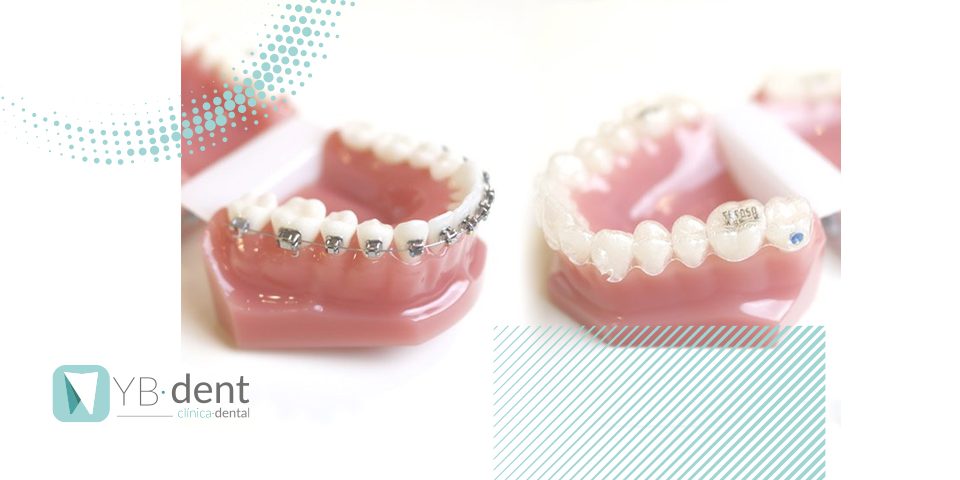El problema del azúcar para nuestros dientes

¿Quién no ha escuchado nunca que el azúcar es malo para los dientes? Pero… ¿realmente sabemos dónde está el problema de ello? Además de ser perjudicial para la salud según la Organización Mundial de la Salud (OMS) que recomienda no superar 12 cucharillas diarias, el azúcar puede provocarnos problemas dentales.
Problemas bucales producidos por el azúcar
En España se está duplicando la dosis diaria recomendada por habitante y ocasiona grandes problemas en la población, sobre todo en niños que no saben mantener una higiene bucal adecuada.
Los problemas bucales más frecuentes de esta sustancia cristalina son:
- El aumento de la placa bacteriana. Hay bacterias que habitan en nuestra boca de por sí y estas se alimentan del azúcar que consumimos. Algunas de ellas no son perjudiciales para nuestra salud pero otras sí y el efecto que les produce la ingesta de azúcar es crear un ácido que ataca directamente a los dientes y los debilita.
- La inflamación de encías. La acumulación de placa en nuestra dentadura provoca que las encías se inflamen con el peligro de perder algún diente. Al inflamarse, el tejido se descompone y se pierde por lo que estas retroceden y el diente queda al descubierto. Además puede ser doloroso y provocar sangrado.
- La fractura en los dientes también puede ser un problema muy común ya que el ácido que producen las bacterias debilita el esmalte llegando incluso a fracturar o romper el diente.
- Las caries dentales son el problema más conocido por la ingesta de azúcar, sin embargo y como hemos visto, no el único ni el peor. Tienen lugar gracias a que las bacterias acceden por los huecos de los dientes a causa del ácido que producen haciéndose cada vez más fuertes y provocando molestias de sensibilidad, dolor y manchas.
Factores que intervienen en la creación de las caries
Bien es cierto que el azúcar es uno de los principales factores en la creación de las caries, sin embargo, hay otras variables que debemos tener en cuenta:
- Dependiendo de la hora, en la que se consuma esta sustancia y su frecuencia, será más probable la formación de caries.
- La calidad de nuestro esmalte también es un agente a tener en cuenta.
- El pH que contiene nuestra saliva.
- La higiene bucal que mantenemos.
El azúcar en los alimentos
La mayoría de alimentos contienen niveles de azúcar, incluso alimentos saludables como las frutas y verduras. Es por ello que el azúcar se clasifica en dos tipos:
- Azúcares intrínsecos. Se podría decir que estos son los azúcares “buenos” ya que son los que se encuentran de forma natural en los alimentos y van acompañados de fibra, vitaminas, minerales y antioxidantes, lo que hace que resulten beneficiosos para la salud.
- Azúcares libres. Son los monosacáridos y disacáridos añadidos artificialmente a los alimentos, es decir, procesados. También integran azúcares añadidos alimentos como la bollería industrial, el pan, los zumos envasados, las chucherías, etc. Por lo que abusar de ellos es perjudicial para la salud.
Cabe destacar que los azúcares intrínsecos no dejan de ser azúcares, por lo que no debemos descuidar nuestra higiene bucal aunque solo hayamos comido frutas y verduras ya que también pueden dañar nuestra salud dental.
Por lo tanto, para prevenir los problemas bucales ocasionados por la ingesta de azúcar es recomendable:
- No comer entre horas.
- Controlar el consumo de azúcares.
- Seguir una dieta variada y saludable.
- Cepillar los dientes como mínimo dos veces al día.
- Evitar alimentos masticables y pegajosos.
- Visitar a nuestro dentista de confianza cada seis meses.
Tampoco hay que olvidar que además de problemas dentales, el abuso del azúcar también produce obesidad, hambre descontrolada, cáncer de páncreas, insuficiencia renal crónica, diabetes, hipertensión arterial, adicción, malnutrición y gota entre otros.
En YB-Dent nos preocupa la salud de nuestros clientes, por ello en nuestra sección de noticias podrás leer otros posts interesantes sobre temas relacionados con la higiene bucal.



